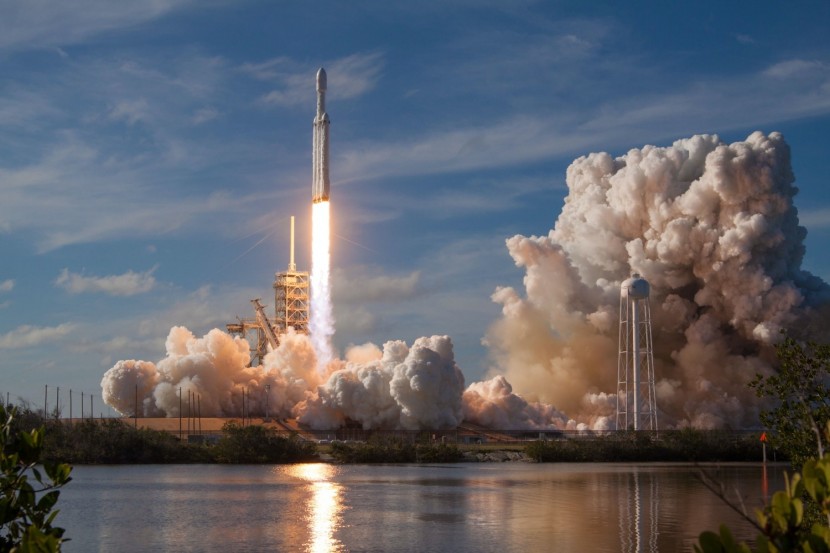The United States military's super secret X-37B space plane launched from Kennedy Space Center on Thursday on a mission that is expected to last for several years. The reusable plane looks like a miniature space shuttle in appearance and has carried out experiments on prior missions that are still considered to be classified.

According to the Associated Press, this will be the seventh flight for the X-37B which has been in orbit for 10 years total since its 2010 debut. The space plane was launched into orbit by the Falcon Heavy rocket created by SpaceX. The last flight was in orbit for more than two years.
Space Force would not say how long this orbital vehicle would remain in orbit and would only elaborate so far as to say that the NASA experiment it will undertake is gauging the effects of radiation on materials.
The X-37B is built by Boeing and is one-quarter the size of the now antiquated space shuttles and no astronauts are needed as the space plane has an autonomous landing system.
Designed to reach orbits as high as 500 miles above the Earth's surface, there are currently two working X37Bs known to the public, both of which are housed at Kennedy Space Center in Cape Canaveral, Florida.
Schematic details for the X-37B, gleaned from the Boeing Aerospace website, are as follows.
- Avionics designed to automate all de-orbit and landing functions.
- Flight controls and brakes using all electro-mechanical actuation; no hydraulics on board.
- Composed for a lighter-than-aluminum composite structure.*New high-temperature wing leading-edge tiles and toughened uni-piece fibrous refractory oxidation-resistant ceramic (TUFROC) tiles (relative to the space shuttle).
- Advanced conformal reusable insulation (CRI) blankets.
Earlier this month HNGN reported that the space plane's current mission, which was initially supposed to launch two weeks ago, was scratched after SpaceX revealed that it would be postponing the launch due to "a ground-side" issue that could affect the rocket's launchpad or fueling systems. However, no further details were provided.
© 2025 HNGN, All rights reserved. Do not reproduce without permission.








